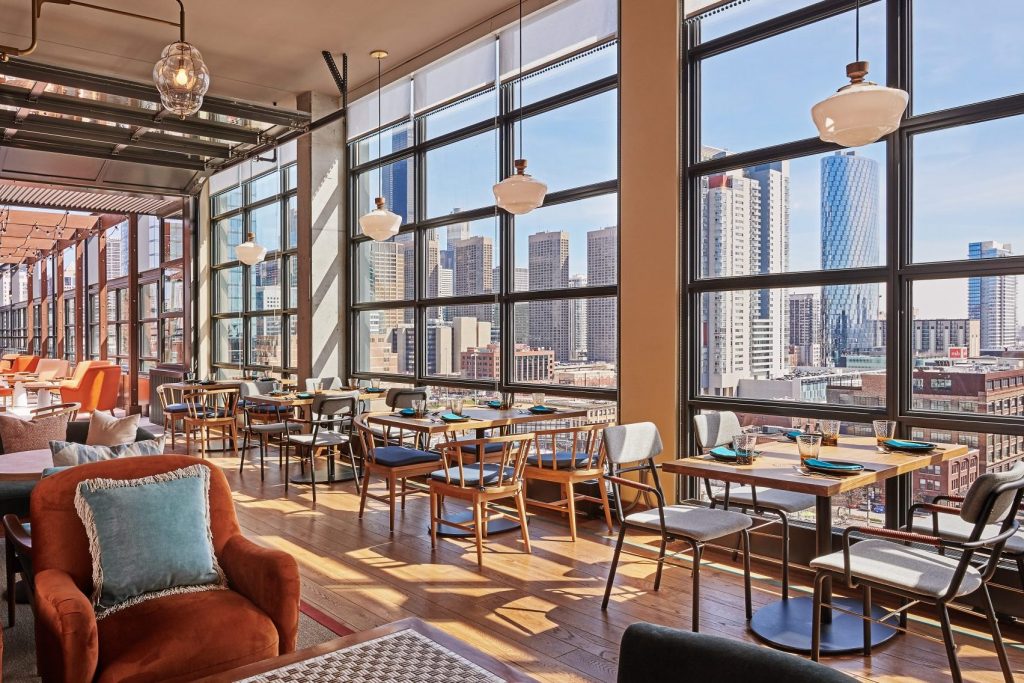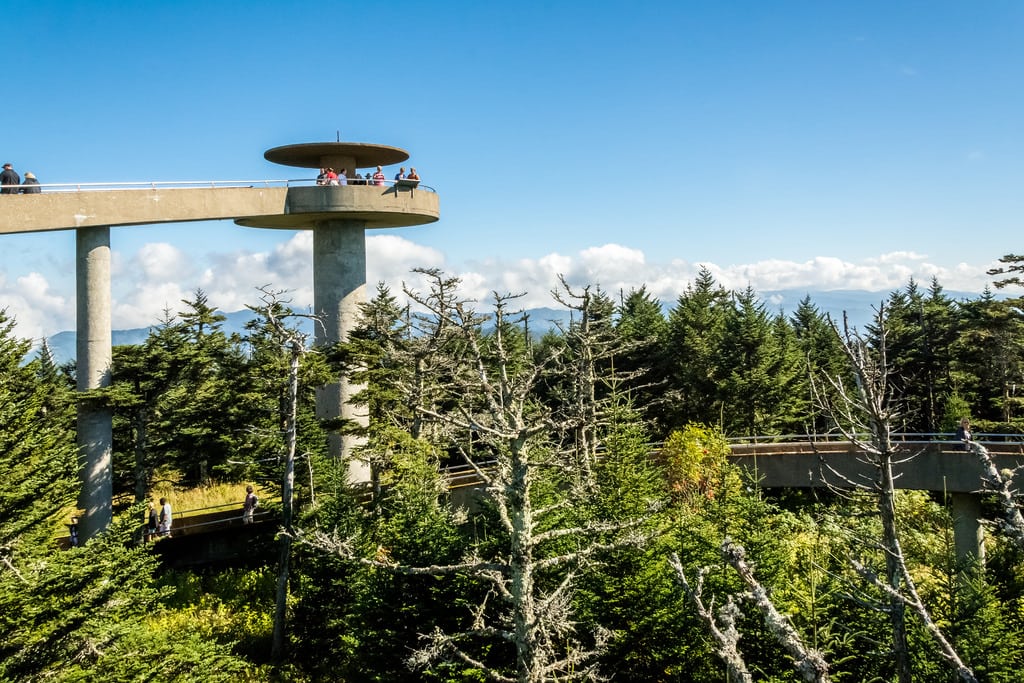Luxury Boutique Hotels Push Further Into Former Warehouse Districts

Skift Take
Destinations around the world are discovering that gritty urban neighborhoods that once housed factories or warehouses show no signs of cooling off as hot spots for development.
While the trend started in the late 1990s in forward-thinking coastal cities like New York and San Francisco, the widespread phenomenon of warehouse/industrial district conversion has grown even further in the past decade. It's gotten to the point now where more and more conversions seem to be happening everywhere, from smaller burgs like Portland, Maine, and Buellton, California, to Midwest hubs like the Twin Cities and Chicago.
As areas that were in the past considered off-limits are being reimagined as fashionable, tech-forward hubs designed to draw chefs, artists, entrepreneurs, residents, and tourists, lifestyle hotel brands are flocking to be part of the scene.
“Old industrial areas within cities often provide a vibrant mix of architecture and culture. This gives these areas an alternative image, which attracts younger market segments," said Ralph Hollister, travel and tourism associate analyst at GlobalData.
“Hotels opening in once-industrial areas within large cities will be a continuing trend," he added. "Luxury consumers are moving away from standardization as the millennial market grows in size.”
One only needs to look at what is happening right now in Chicago to understand why such areas are rapidly drawing locals, visitors, and tourism businesses.
From Derelict to Dreamy
Chicago’s Fulton Market, which is still in the process of moving from meat space to meeting space and more, is illustrative of how such areas typically transition.
According to Jeff Shapack, founder of Shapack Partners, one of Fulton Market's largest developers, these types of neighborhoods, although daunting, can be appealing to develop because “they exist in areas where land values were lower due to manufacturing uses and low density.”
This translates into developers having broader opportunities to reimagine old buildings, while also building new ones, at lower costs. That also can mean lower rents, which attracts creative types like chefs and artists.
In the case of Fulton Market, some might say the transition started with Oprah. But before we get to her, let’s go back a bit further. The Fulton-Randolph Market dates to 1850. Located just west of The Loop, the area teemed with meat packers, wholesale markets, and manufacturers for more than a century. But by the 1960s and 1970s, it had gone to seed. Next on the timeline, Oprah swooped in, locating her Harpo Studios in the area in the late 1980s. Throughout the 1990s and early 2000s, restaurateurs started seeping in. By 2010, a critical mass of top chefs, like Stephanie Izard and Paul Kahan, had moved to the area, and a stretch of Randolph Street became known as Restaurant Row, an attraction for locals and visitors alike.
“I don’t think an area can be regenerated without food and beverage,” said Liesbeth Jansen, currently project director at Bureau Marineterrein in Amsterdam and an expert in transforming city wastelands into vibrant frontiers. Shapack agreed: “People will go anywhere for good food.”
Given the growing appeal of the area, companies started becoming interested. McDonald's transformed the Harpo Studios complex into its international headquarters. Dyson moved its U.S. headquarters a few blocks away. Google moved its regional offices to the neighborhood in 2015. Part of Google’s ask for moving to the neighborhood — it wanted a hotel with a minimum of 150 keys within a block or so.
Given the number of companies moving to the neighborhood, hotels were needed, at the very least to serve business travelers. When Google moved to the neighborhood, the only hotel in Fulton Market was Soho House, which opened in 2014. Shapack, whose company had bought tracts of land in the neighborhood during the recession, said he convinced the owner of Soho House to open near Restaurant Row just as it was emerging. While not necessarily an easy sell, it made sense. Soho House already had familiarity with locating in industrial districts. Its Shoreditch House property opened in East London in 2007.
The next big venture was Ace Hotel, which opened in 2017. It was developed directly across the street from Google’s headquarters.
“We are very site-specific. We look at projects in light of the appeal of the neighborhood," said Brad Wilson, president of Ace Hotel Group.
Aside from having Google as a neighbor, the project had other allures. So-called “rumble-and-tumble neighborhoods” have always had appeal for the brand, said Wilson.
“We’ve never been interested in going into prime downtown hotel markets. We are more interested in the decay and chaos of warehouse/industrial markets. We like to build an interesting experience for our guests, and neighborhoods that are up-and-coming have a character of their own," he said.
Trailblazer That Others Follow
Another appeal of such areas, particularly for the first-comers, is that companies can get a great deal.
Wilson said the strategy has largely proven prescient "because we bring attention to areas when we came in. The proof is that other hotels follow us.”
Among those followers is The Hoxton. Sharan Pasricha is founder and CEO of parent company Ennismore. The brand has its roots in London’s Shoreditch, an area “with an industrial past and creative present," said Pasricha. The Hoxton opened in Fulton Market in the spring of 2019.
Other hotel brands said to be on tap for the neighborhood, according to Shapack, include Nobu, Equinox, Pendry, Dream, and The Standard. The area draws lifestyle hotels, thanks to its energy as a living-working-playing space and its perfect imperfection.
Ace's Wilson described the area as “idiosyncratic, full of personality and potential. We don’t want everything perfect.” Or as Shapack put it, “We don’t want to be Disneyland. We want things to be a little f**ked up.”
Edginess and imperfection, after all, is part of the brand narrative. Fulton Market is to Chicago what SoHo is to New York, or SOMA to San Francisco.
“Brands are what attract people to things. Neighborhoods have to be their own brands. We have to establish our own identity,” said Shapack. “We want to preserve the grit and authenticity and industrial feel of the area.” Additionally, he said, “By having a defined border, we limit supply and create exclusivity that makes the area more special.”




